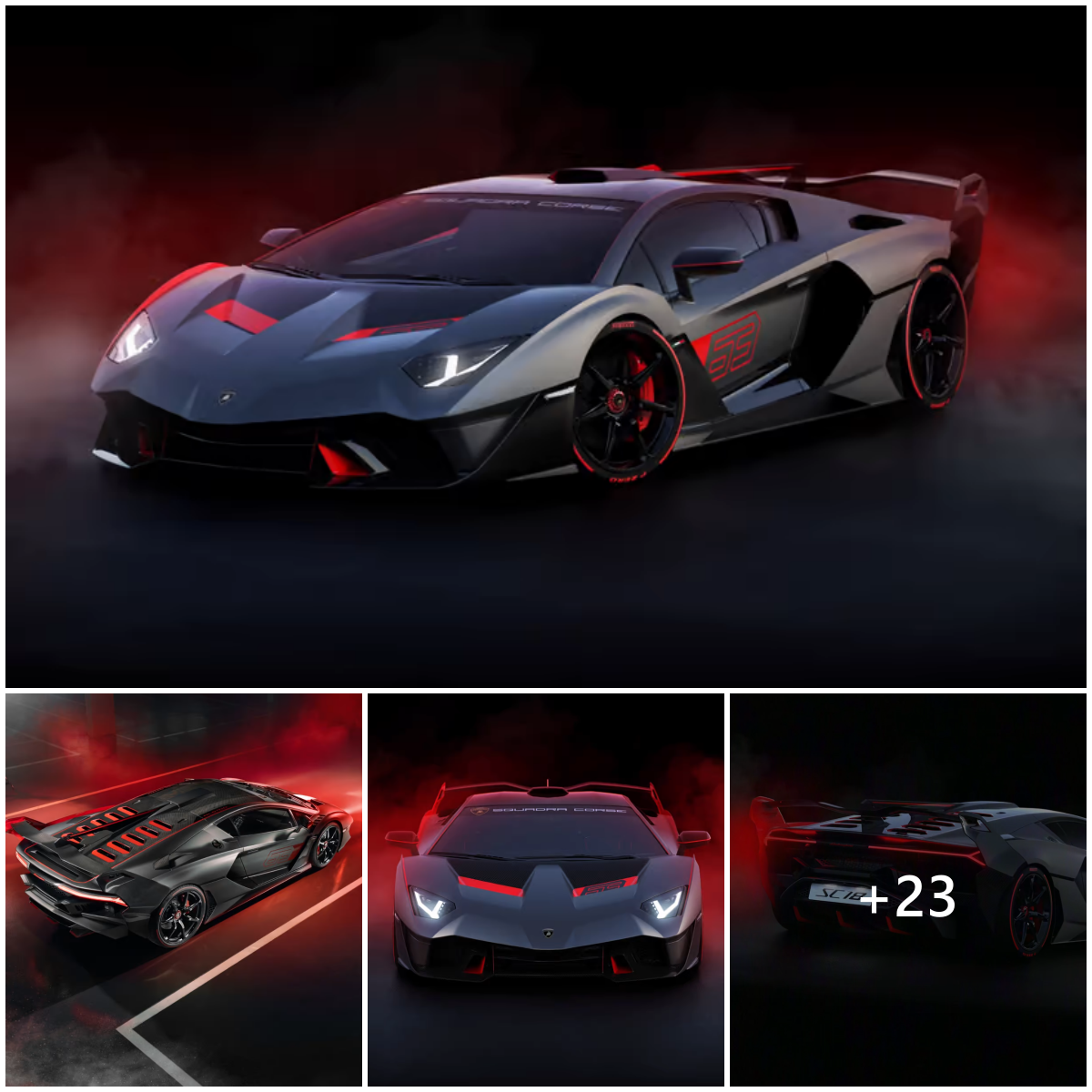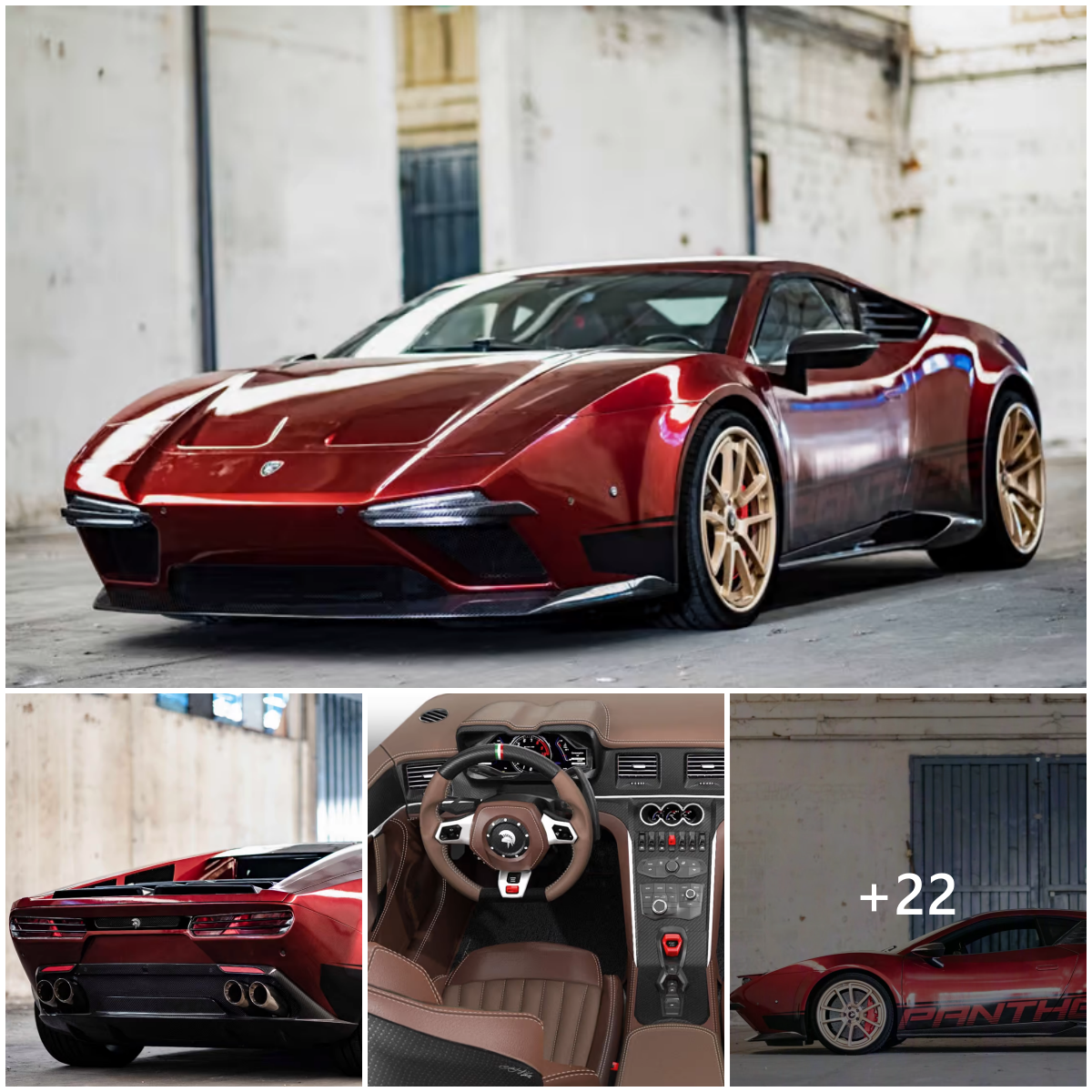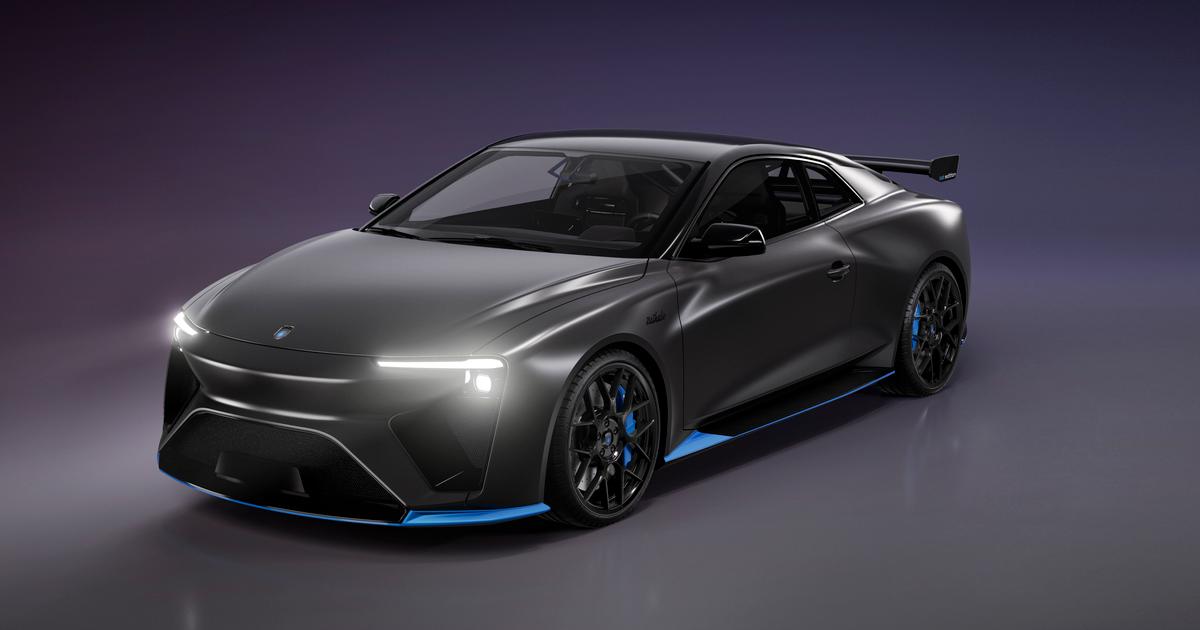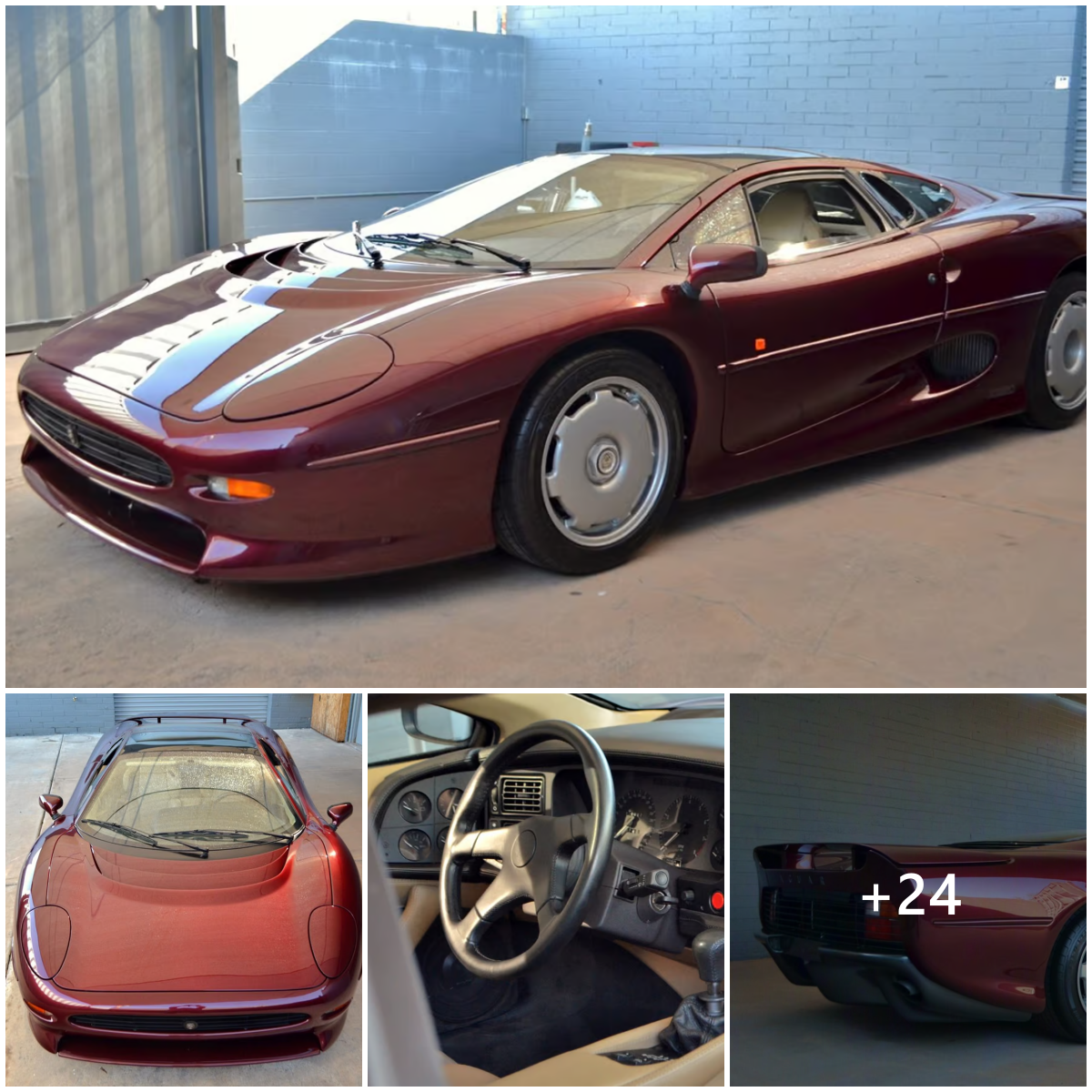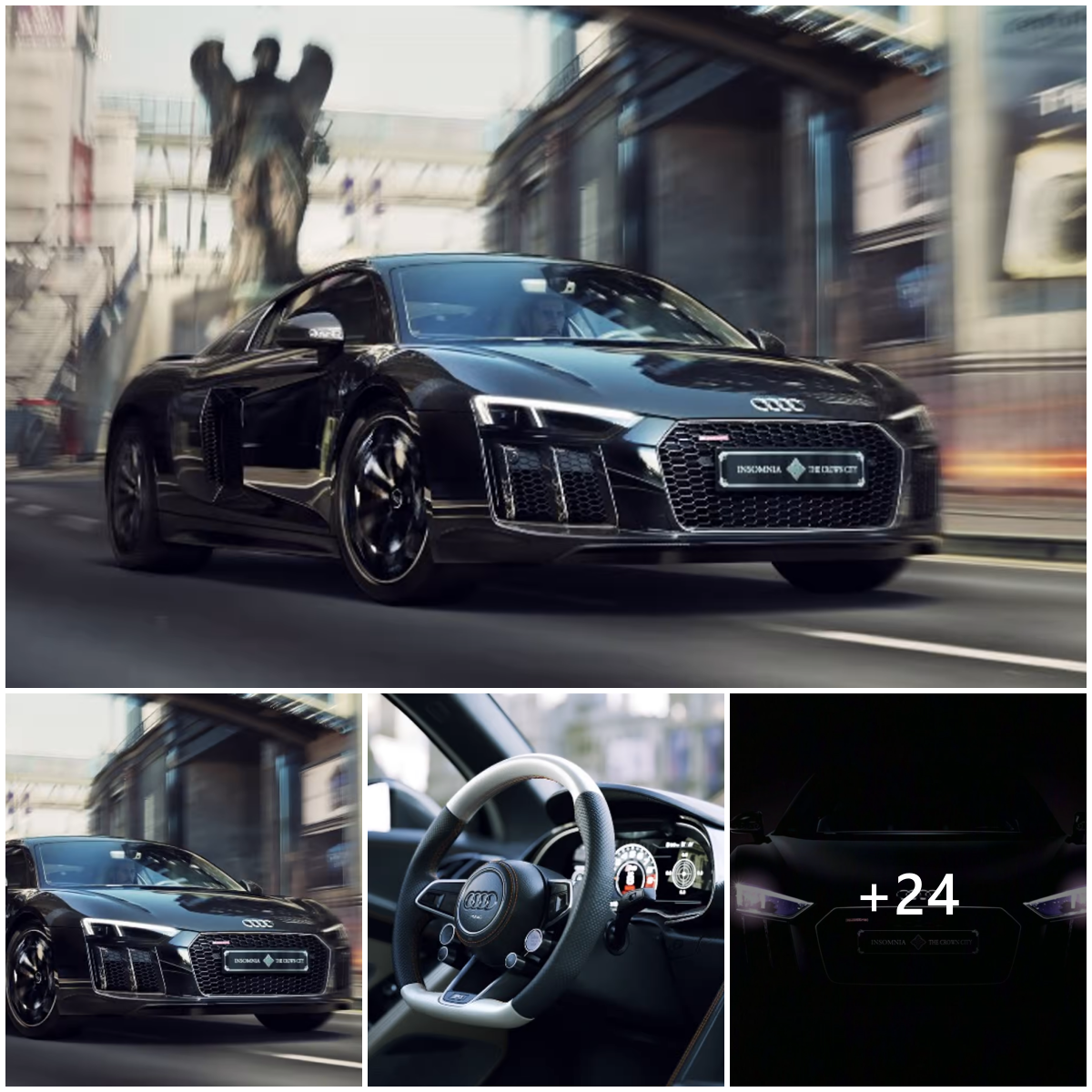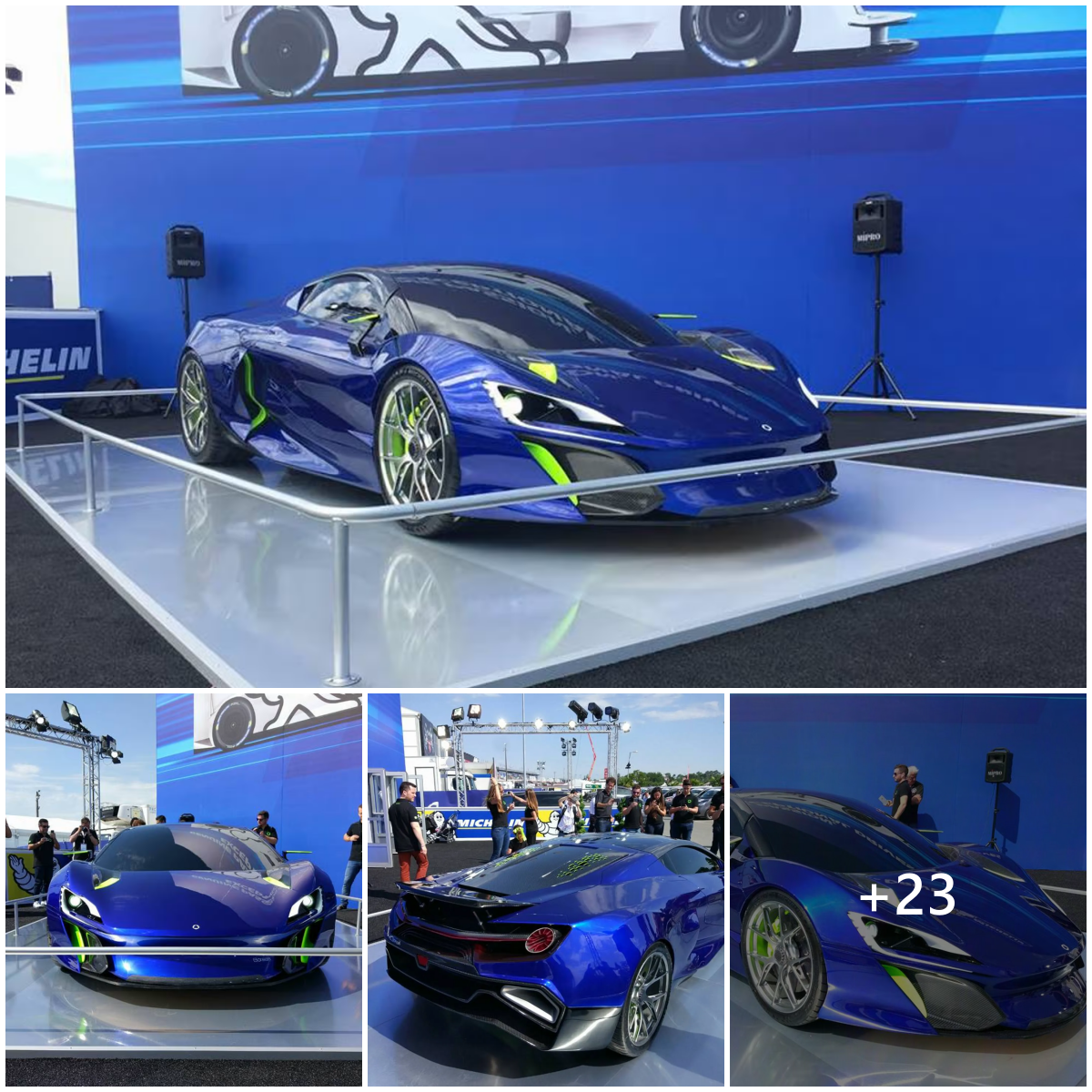Since setting a sports car handling benchmark twenty years ago with the launch of the Elise, Lotus has kept raising the standard by increasing the power of the engines installed in the bonded aluminum chassis along with upgrades to the suspension, aerodynamics and the chassis itself. The latest example is the Exige Cup 430 Unlimited Edition.
The Exige Cup 430 Unlimited Edition gets the 3.5-liter supercharged and charge-cooled engine from the Evora GT430. This results in an increase in maximum power output of 15 percent compared to the Exige Cup 380 for a total of 430 hp (316kW). In a car that weighs 26 lb (12 kg) less at 2,328 lb (1,056 kg) that means a formidable power-to-weight ratio of 407 hp per tonne, up from 355 hp per tonne on the Exige Cup 380.
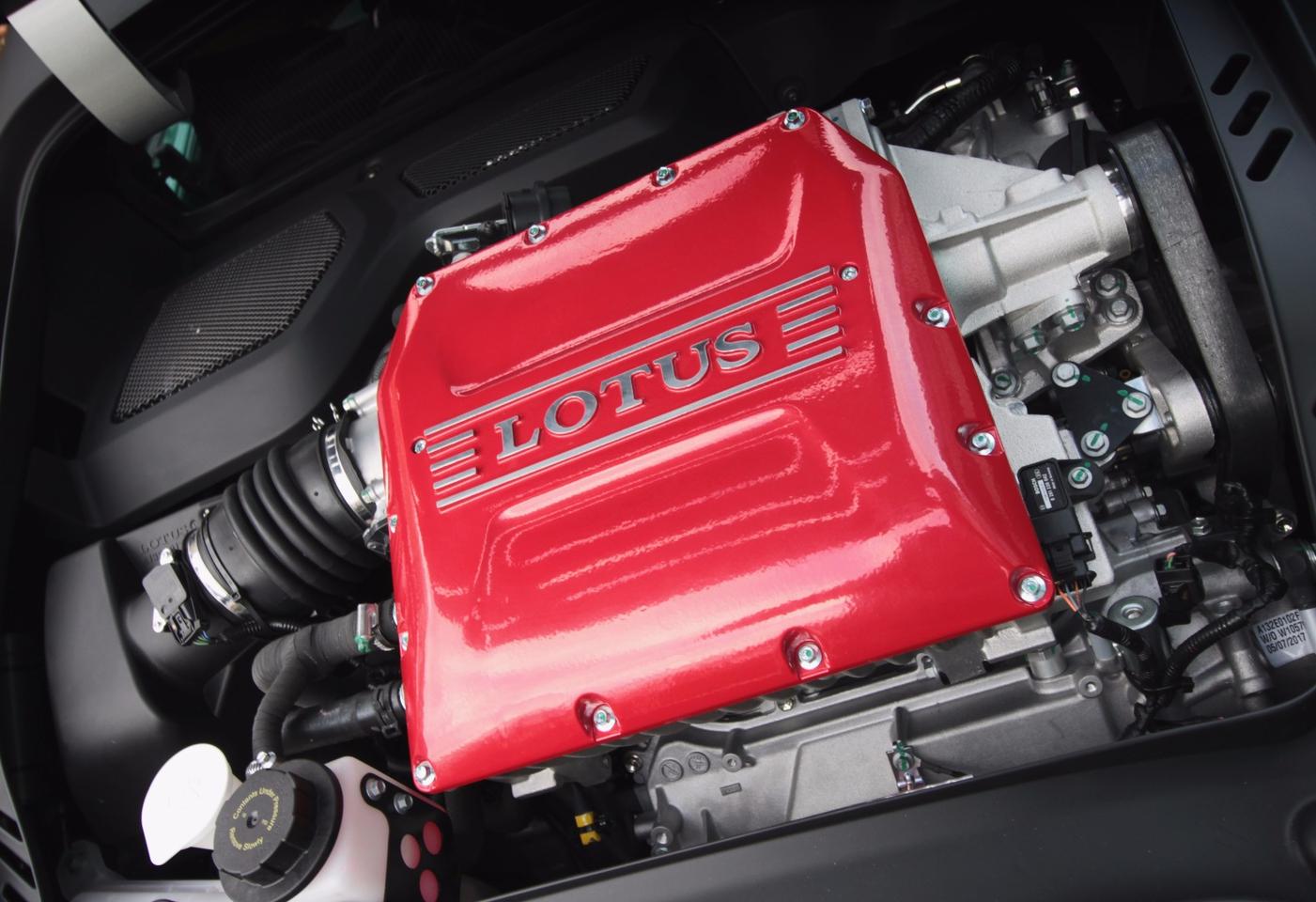
Lotus
Full power is developed at 7,000 rpm and maximum torque of 325 lb.ft (440 Nm) is available at 4,000 rpm, enabling the rush from standstill to 60 mph (97 km/h) in 3.2 seconds. With the expected attention to aerodynamic detail, top speed is 180 mph (290 km/h) but perhaps more important on the track is the Exige Cup’s cornering capabilities, which are enhanced by careful management of airflow over and under the car.
The new front clam panel, splitter design, air blades and high rear wing combine to provide maximum downforce of 485 lb (220 kg) with the share at the front increased from 36 percent to 45 percent to ensure accurate high-speed turn in. The new front splitter helps to separate and speed airflow under the car, and the new air curtain elements in the front clam panel move air though to the front wheel cavities to help reduce the turbulence and drag generated by the front wheels. Drag is also reduced by lowering the pressure in the wheel arches via the front louvers and the cut-out sections behind the rear wheels.
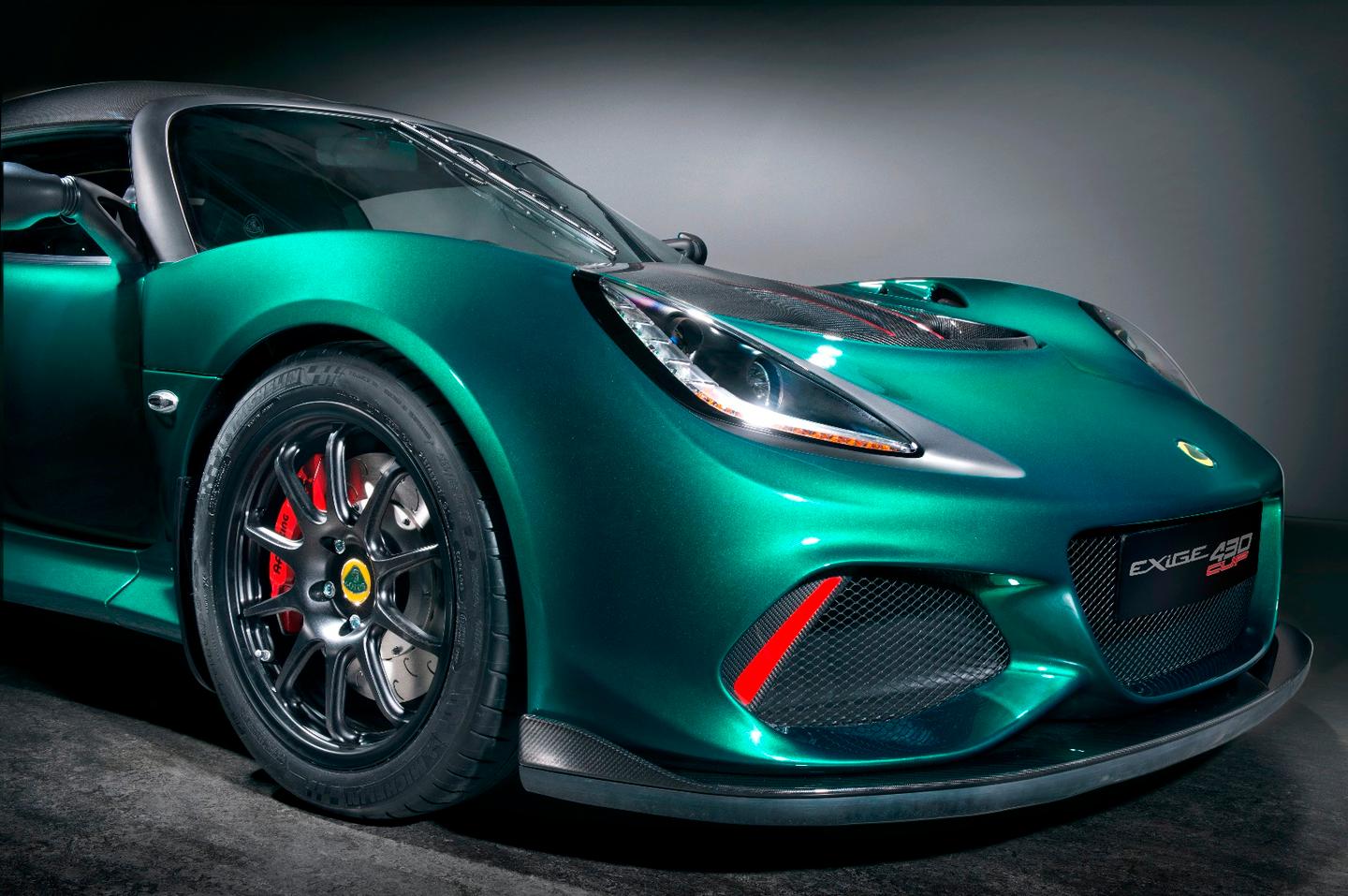
Lotus
The standard transmission is a close-ratio, six-speed manual with Lotus’ distinctive open-gate and an upgraded clutch with an 11 percent increase in surface area to transfer the increased power and torque of the engine. Stopping power is provided by some of the largest rotors and calipers fitted to any Lotus road car, featuring two-piece, J-hook rotors and forged, four-piston AP calipers front and rear.
While the supercharger and charge cooler add weight, that is more than offset by a 64 lb (29 kg) reduction achieved through the use of ultra-lightweight carbon fiber for the front splitter, front access panel, roof, diffuser surround, air-intake side pods, tailgate and the race-derived rear wing. The use of composite continues in the cabin with carbon race seats, door sills and binnacle surround. The titanium exhaust reduces the weight behind the rear axle by 22 lb (10 kg).
Road holding is courtesy of Nitron three-way dampers adjustable for rebound and low- and high-speed compression, Eibach adjustable front and rear stabilizer bars, revised steering arm geometry and Michelin Pilot Sport Cup 2 tires (215/45 ZR17 front and 285/30 ZR18 rear) on ultra-lightweight forged alloy wheels (available in red, black or silver). The traction control is also adjustable via a six-position rotary switch on the steering column when the electronic stability control (ESC) is switched off. It includes five pre-set traction levels with 1, 3, 6, 9 and 12 percent slip as well as “off”, all of which are displayed in the instrument cluster.
Several cabin trim color options that include Alcantara, leather or tartan are available along with a contrast-stitched Alcantara steering wheel.
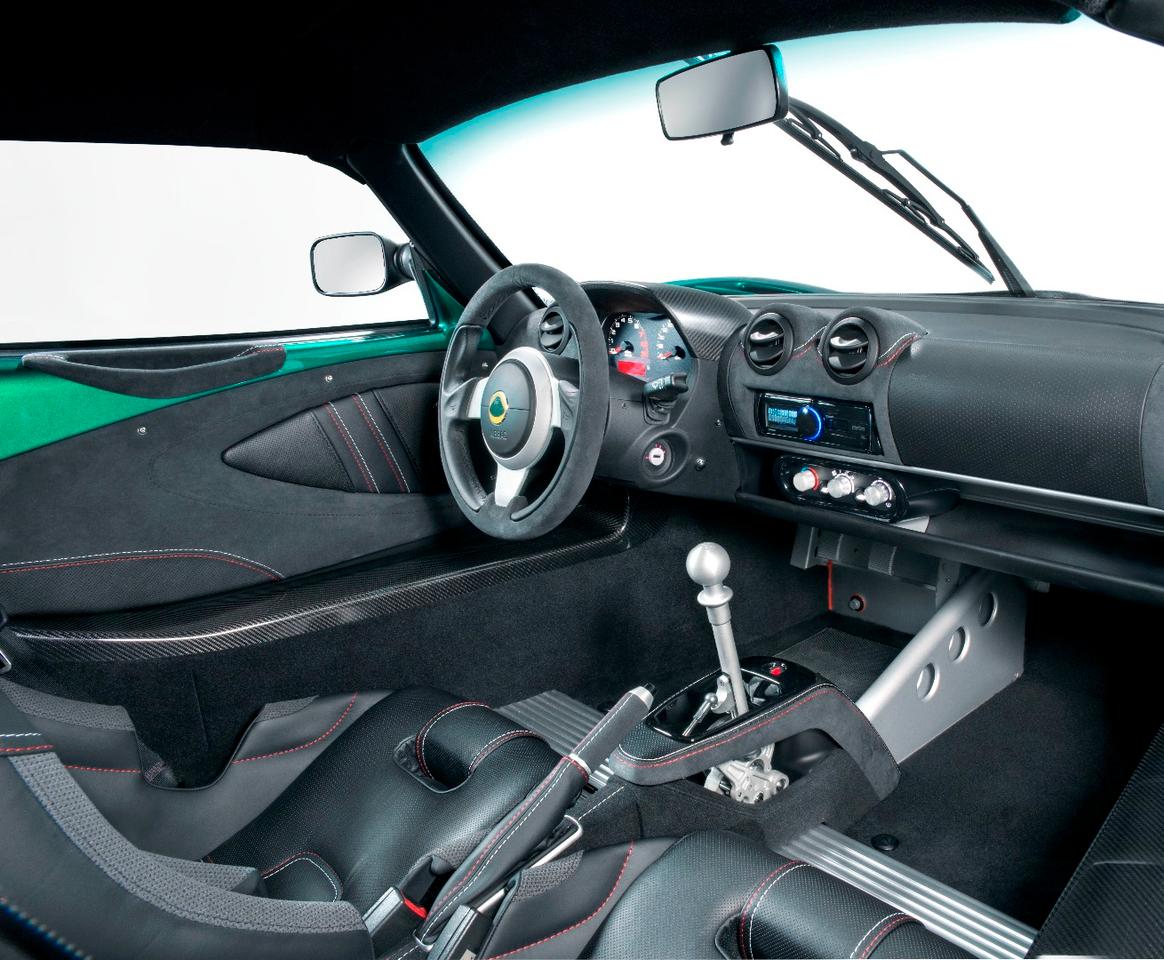
Lotus
The price of the Exige Cup 430 is £99,800 (including VAT) in the UK, €127,500 in Germany and €128,600 in France.
Source: Lotus
